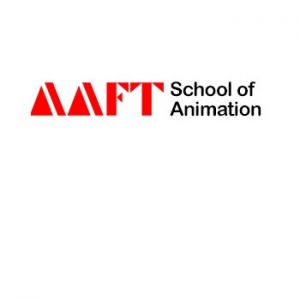Learning the Craft of Game Design and Development Through Professional StudiesPosted by AAFT School of Animation on January 24th, 2019 The advent and growth of digital gaming culture, especially among the youngsters, has resulted in the rise of game designing industry as a popular career choice. There are various components involved in its production such as art & animation, cinematics, audio, 3D engine, game programming and many others. One can develop a game even without the need to learn intricate codes through multimedia and animation education. Aspirants can pursue a vocational training course in gaming or join professional animation classes to become acquainted with industry-relevant principles and techniques. For the process of development, a game is defined as: “an activity involving rules, goals, chance and competition done for fun & excitement.” One can start developing 2D game without writing a single line of code through industry-specific tools and software. This is so because they facilitate a Drag and Drop interface for game logics and easy to operate interfaces for designing various assets as well. This helps aspiring students to learn step by step process of game development and acquire better understanding of this lucrative industry. The process of its development starts with a game idea which then is transferred and elaborated into a set of detailed documents for pitching the proposal to the client or making a progression on own. When an idea pops into your head, one must consider vital aspects like its uniqueness, appeal, target audience, experience, viability and more. There are many categories of game genres, like Action, Adventure, Puzzle, RPG (Role playing games), RTS (Real Time Strategy), Sports, Driving, Simulations and games which falls rarely in one category called Hybrids Games. AAFT School of Animation, considered amongst best animation colleges in India, offers industry-relevant UG and PG programs in game design & development. Students here are exposed to real market environment, different stages and workflow pertinent to this industry through hands-on training by working experts. This provides them a platform to build strong foundation of theoretical knowledge and also acquire practical apprehension through project based training. Professional education, thus, prepares them to develop fully functional games without getting into the complicated writing of code. This helps them to befit different job roles available across the domain. This includes profiles like Game Designer, Level Designer, Game Developer, Game Artist, Game play programmer, Technical Rigging & Animation Artist, Shading & Effects, Game Producer, Game Tester and many others. Like it? Share it!More by this author |



